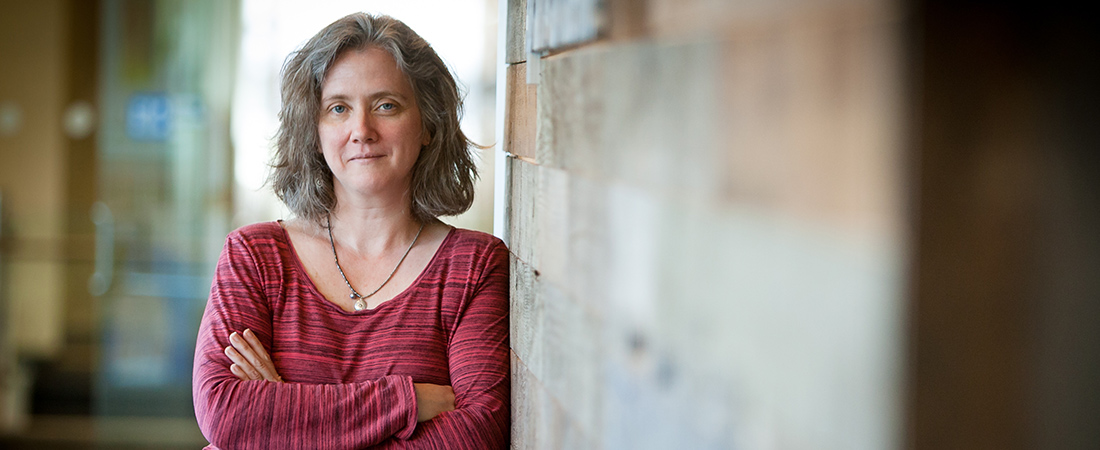A Life in Prevention

“I wish we had had more prevention tools when I was growing up,” says EDC’s Chelsey Goddard.
In the fall of 1983, Chelsey Goddard’s freshman class at Hartford Public High School had 750 students. On graduation day four years later, she was one of 280. Many of Goddard’s classmates dropped out of school or ended up in jail. And others struggled with different challenges.
“Some of my classmates didn’t survive those days,” she says. “Many really suffered.”
Substance misuse—and its devastating consequences—were partly to blame. But when Goddard talks about lives affected by substance misuse, she shows more understanding than anger.
“There is so much stigma directed towards people who struggle with substance use disorders,” she says. “They are not flawed, or somehow less human than the rest of us. They are people just like you or me who ended up in a difficult place for many complex reasons.”
It’s a perspective that has guided Goddard’s career as a prevention specialist at EDC. For 20 years, she has developed programs and services that address substance misuse as a public health issue—not a criminal one. Now, as director of SAMHSA’s Center for the Application of Prevention Technologies, Goddard plays a leading role in helping practitioners use current research, epidemiological data, and strategic planning tools to address alcohol abuse, teen marijuana use, and the opioid crisis.
Prevention can be a discouraging field. For one thing, it gets little money. In 2016, for example, the U.S. government spent $1 on prevention for every $10 spent on treatment. And it can be a struggle to show that prevention makes a difference. How, after all, can you prove that an overdose did not occur or that someone did not become addicted to a drug?
But Goddard believes that the past 20 years have seen massive progress. When she entered public health, there was little research on the effectiveness of prevention. Now, prevention science is a recognized field within public health, and there is a growing body of research that supports a consistent message—prevention works.
“Research has repeatedly shown that prevention programs can successfully divert people from misusing substances, and they can even save taxpayer money because they lessen the need for expensive incarceration and recovery services,” she says.
As the field of prevention has matured, Goddard has also observed something else: increasing compassion for people who suffer from substance use disorders. Programs that promote community, inclusiveness, and help-seeking have become more common, while efforts to paint substance misuse as a moral failing—think the “Just Say No” campaigns of the 1980s—have receded.
It’s left her optimistic for the future.
“I don’t think we are ever going to fully prevent people from misusing substances,” she says. “But I think we can prevent some people from making those choices, and mitigate some of the damaging consequences that are associated with misuse.”
Goddard has maintained relationships with some of her high school classmates. Some of them think her career in prevention is meaningful; others think she has pursued a hopeless line of work. Why, they ask, does she persist in the face of so many obstacles?
Her answer is a simple one.
“I wish we had had more prevention tools when I was growing up,” she says. “They could have made a real difference.”
